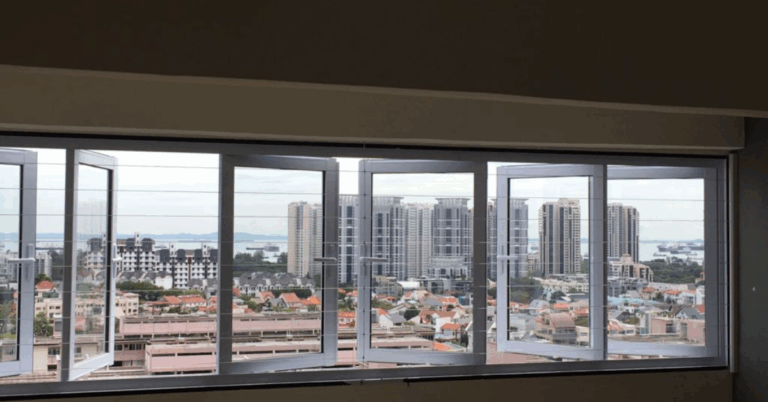Retrofitting Buildings for Accessibility and Universal Design
all panel login mahadev book, lotus bhai.com, laser book 247 com registration: In today’s world, accessibility is more important than ever. With an aging population and a growing awareness of the importance of inclusivity, ensuring that buildings are accessible to all individuals is crucial. Retrofitting buildings for accessibility and universal design is a valuable investment that can benefit not only those with mobility impairments but also individuals with temporary injuries or parents with young children.
What is Retrofitting for Accessibility and Universal Design?
Retrofitting buildings for accessibility involves making modifications to existing structures to ensure that they are usable by individuals with disabilities. This can include installing ramps, widening doorways, adding grab bars in bathrooms, and ensuring that there are accessible parking spaces available. Universal design takes accessibility a step further by creating spaces that are usable by all individuals, regardless of age or ability.
Why Retrofit Buildings for Accessibility and Universal Design?
There are numerous benefits to retrofitting buildings for accessibility and universal design. Not only does it make spaces more inclusive and welcoming, but it can also increase property value and marketability. In addition, retrofitting for accessibility can help businesses comply with legal requirements, such as the Americans with Disabilities Act (ADA) in the United States.
How to Retrofit Buildings for Accessibility and Universal Design
When retrofitting a building for accessibility and universal design, it’s essential to consider the specific needs of the individuals who will be using the space. This may involve conducting a thorough assessment of the building and working with architects and designers who specialize in accessible design. Some common modifications that can be made include:
– Installing ramps and elevators to provide access to individuals with mobility impairments
– Widening doorways to accommodate wheelchairs and other mobility aids
– Installing grab bars in bathrooms and other areas where support is needed
– Creating accessible parking spaces with proper signage and slopes
– Adding tactile indicators and audible signals for individuals with visual impairments
It’s important to work closely with professionals who have experience in accessible design to ensure that the modifications meet legal requirements and are practical for daily use.
Challenges of Retrofitting Buildings for Accessibility and Universal Design
While retrofitting buildings for accessibility is essential, it can also present challenges. Older buildings, in particular, may have structural limitations that make it difficult to make necessary modifications. Additionally, retrofitting can be costly, and stakeholders may be hesitant to invest in accessibility improvements if they do not see a clear return on investment.
FAQs
Q: How much does it cost to retrofit a building for accessibility?
A: The cost of retrofitting a building for accessibility can vary widely depending on the scope of the project and the specific modifications that are needed. It’s important to obtain quotes from multiple contractors and work with professionals who have experience in accessible design to ensure that the project stays within budget.
Q: Do all buildings need to be retrofitted for accessibility?
A: While not every building may require extensive retrofitting, it’s important to consider the needs of all individuals who will be using the space. Making even small modifications, such as adding grab bars in bathrooms or improving signage, can make a big difference in creating a more inclusive environment.
Q: How can I find a professional to help with retrofitting for accessibility?
A: Look for architects and designers who specialize in accessible design and have experience working on retrofitting projects. It’s also a good idea to check references and ask for examples of past work to ensure that the professionals you hire are qualified to meet your needs.
In conclusion, retrofitting buildings for accessibility and universal design is a worthwhile investment that can benefit both individuals with disabilities and the broader community. By creating spaces that are welcoming and inclusive, we can help ensure that everyone has equal access to the built environment.







